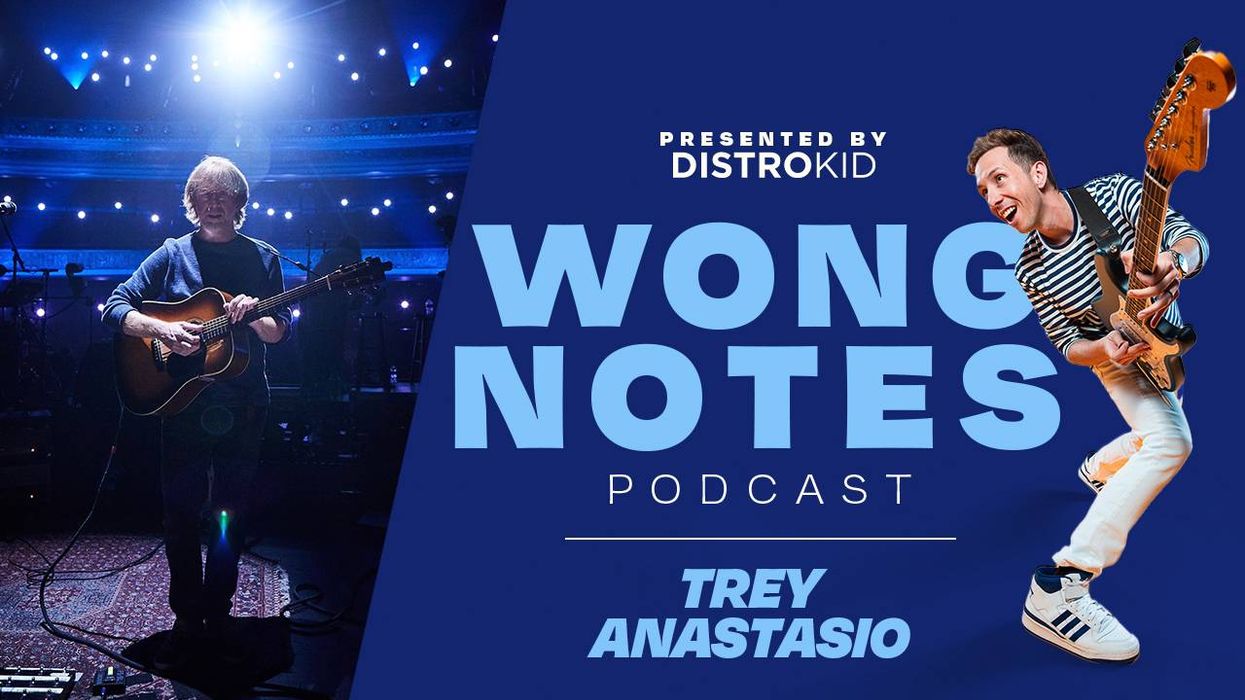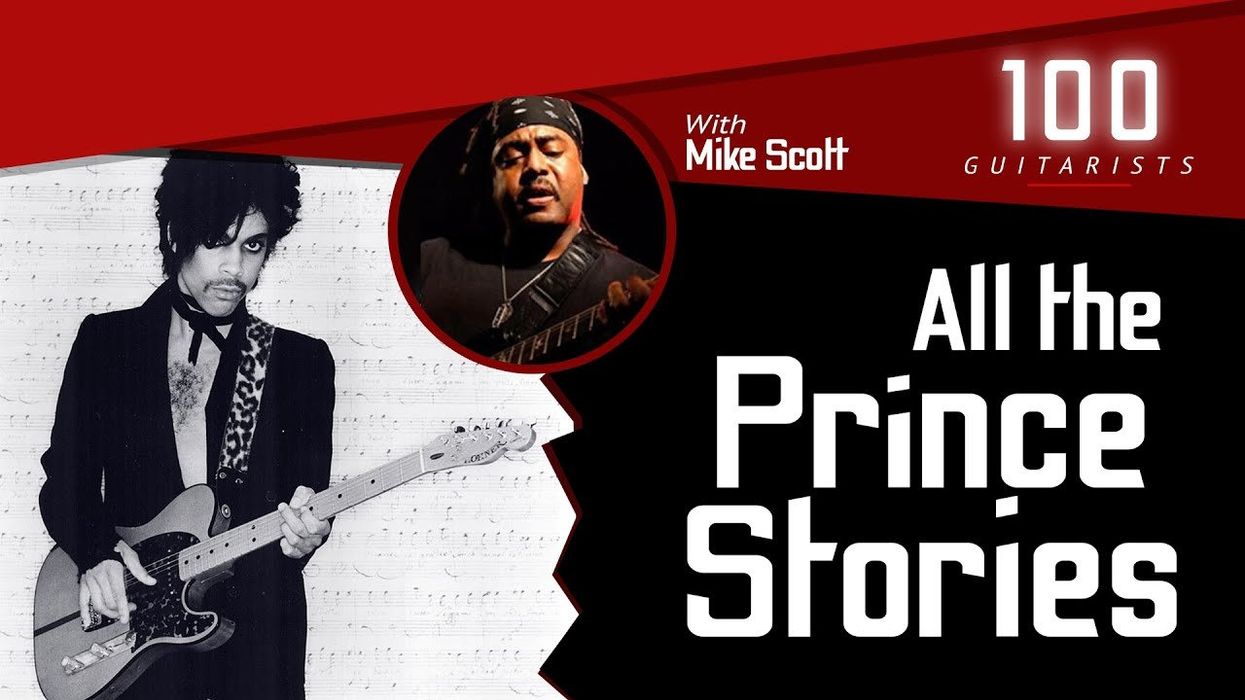Search
Latest Stories
Start your day right!
Get latest updates and insights delivered to your inbox.
Jason Shadrick
Since attending a Dave Matthews Band concert as a teenager, Jason has been into all things guitar. An Iowa native, Jason has degrees in Music Business from Minnesota State-Mankato and Jazz Pedagogy from the University of Northern Iowa. Since then, he has spent time doing everything from promotion at an indie music label to organizing guitar workshops all over the country. Currently, Jason lives with his wife, son, and daughter in Cedar Rapids, Iowa.
load more








